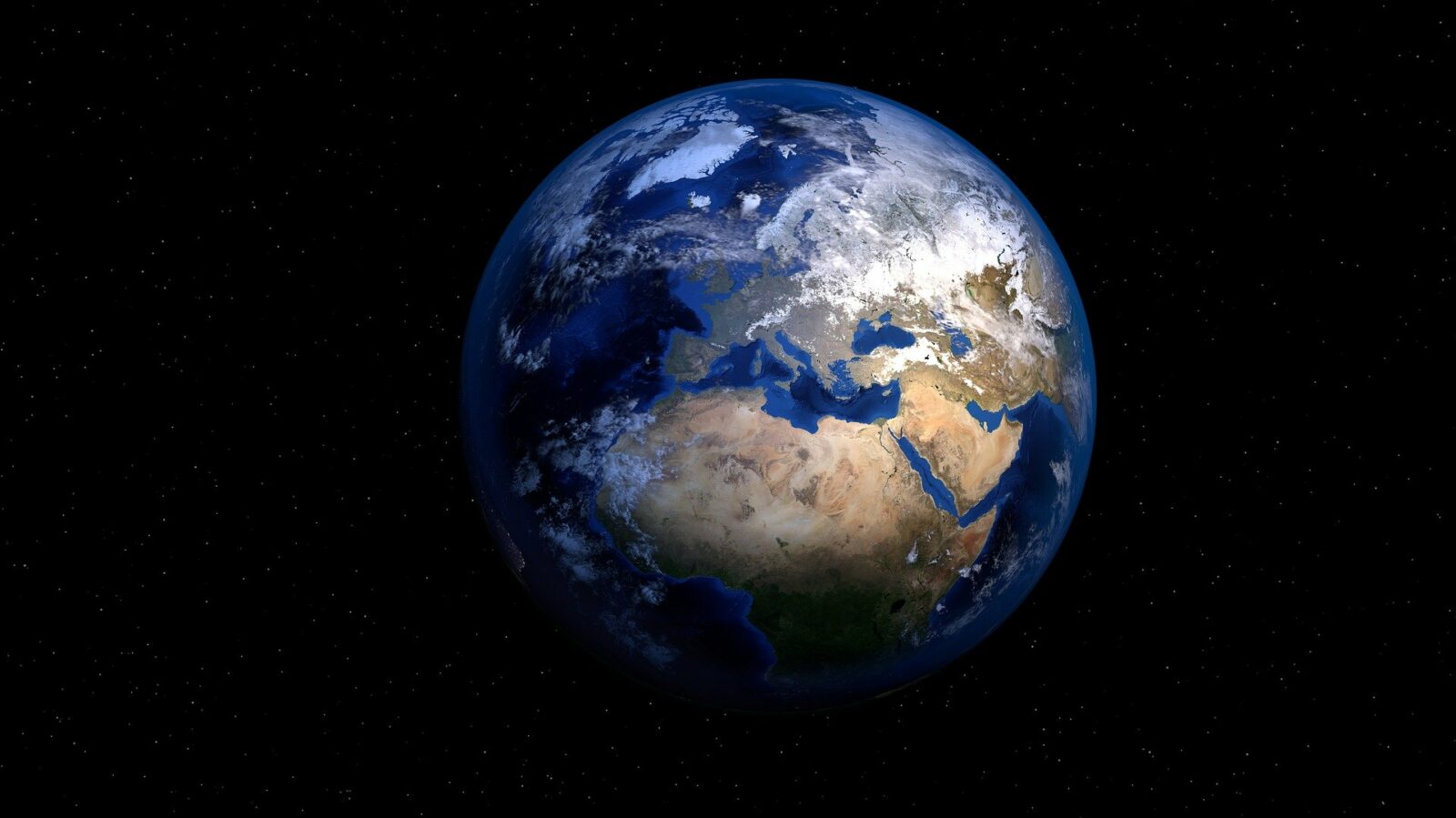It is estimated that there was almost no oxygen in the atmosphere throughout the first 2 billion years of Earth’s existence. Although certain bacteria were photosynthesizing during the later part of this time, the amount of oxygen in the atmosphere had not yet reached levels that would have had an influence on the whole planet’s biosphere.
A change in this steady low equilibrium occurred some 2.3 billion years ago when oxygen started to accumulate in the atmosphere, ultimately attaining the life-sustaining concentrations we breathe today. The Great Oxygenation Event, often known as the GOE, is a rapid injection of oxygen into the atmosphere. What precipitated the catastrophe and caused the planet to emerge from its low-oxygen coma remains one of science’s major mysteries to this day.
The oxygen concentration in the atmosphere today represents a steady equilibrium between the activities that create oxygen as well as those who use it, according to scientists. A distinct form of equilibrium existed in the atmosphere before the GOE, with production and consumption of oxygen in equilibrium, but in a manner that didn’t allow much surplus oxygen for the atmosphere to draw on.
The question is, what may have caused the planet to transition from one stable, oxygen-deficient condition to another secure, oxygen-rich one?
Researchers at the Massachusetts Institute of Technology (MIT) have developed a novel idea that oxygen ultimately began to accumulate in the atmosphere as a result of interactions between particular marine microorganisms and minerals found in ocean sediments. These interactions assisted in preventing oxygen from being used, so triggering a self-amplifying process in which more and more oxygen was made accessible for accumulation in the atmosphere to take place over time.
Through mathematical and evolutionary calculations, the experts have shown that bacteria existed before the GOE and developed the capacity to engage with sediment in the manner indicated by them.
Their research, which was published in Nature Communications, was the first one to establish a link between the co-evolution of bacteria and minerals as well as the oxygenation of the planet.













Leave a Reply